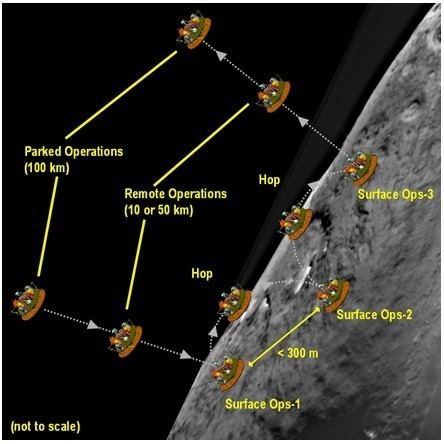Names CHopper | Mission duration 7.3 years (proposed) | |
 | ||
Launch date Cancelled; 2016 (was proposed) Landing date Cancelled; 2022 (was proposed) Similar Sakigake, Vega 1, Titan Mare Explorer, International Cometary Explorer, Deep Space 1 | ||
Comet Hopper (CHopper) was a proposed lander to NASA's Discovery Program that, had it been selected, would have orbited and landed multiple times on Comet Wirtanen as it approaches the Sun. The proposed mission is led by Jessica Sunshine of the UMD, working with Lockheed Martin to build the spacecraft and the NASA Goddard Spaceflight Center to manage the mission.
Contents
History
The Comet Hopper mission was one of three Discovery Program finalists that received USD$3 million in May 2011 to develop a detailed concept study.
The other two missions were InSight and Titan Mare Explorer. After a review in August 2012, NASA selected the InSight mission.
Scientific goals
The CHopper mission has three primary science goals over the 7.3 years of its nominal lifetime. At roughly 4.5 AU the spacecraft will rendezvous with Comet Wirtanen and begin to map the spatial heterogeneity of surface solids as well as gas and dust emissions from the coma - the nebulous envelope around the nucleus of a comet. The remote mapping will also allow for any nucleus structure, geologic processes, and coma mechanisms to be determined. After arriving at Comet Wirtanen, the spacecraft will approach and land, then subsequently hop to other locations on the comet. As the comet approaches the sun, the spacecraft will land and hop multiple times. The final landing will occur at 1.5 AU. As the comet approaches the sun and becomes more active, the spacecraft will be able to record surface changes.
